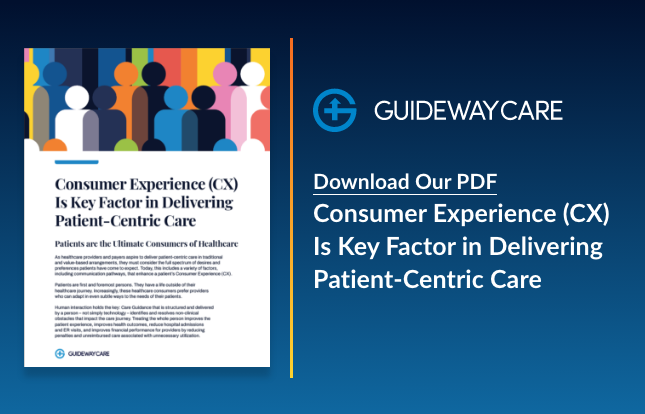Changing Patient Behavior: Identifying and Addressing Barriers

When treating certain health conditions, physicians are faced with the challenge of motivating patients to change their behaviors. Successful management of lifestyle diseases, such as obesity, heart disease, and Type 2 diabetes, hinges on a patient’s willingness and ability to alter their day-to-day actions, including diet, exercise, smoking, and drinking—but what happens when there are barriers preventing individuals from making these important changes?
When recommending lifestyle changes to patients, it’s important to identify personal obstacles to the recommended course of treatment and address these barriers with patients. When this is done effectively, patients are more likely to adhere to treatment plans, which in turn leads to improved health outcomes
Strategies for Identifying Behavioral Barriers
There are numerous reasons a patient may have trouble making behavioral changes—perhaps they lack access to healthy foods or low health literacy prevents them from fully understanding care instructions. To set patients up for successful lifestyle changes, health care providers should gather as much information as possible about the individual—both through face-to-face interactions and screening tools—to assess potential barriers. For instance, social needs screening can help physicians assess social determinants of health, such as whether patients have access to healthy food sources, safe housing, a support system, and public transportation. Health Leads explains that social needs questionnaires should ideally be 12 questions or less, written at a fifth-grade reading level, and translated into other languages for optimal results. Further, research has found that behavioral-based segmentation of patient populations can help health care providers predict which people are most likely to have emergency room admissions or inpatient events, according to McKinsey and Co. These types of patient groupings can be created using demographic, family structure, and consumer purchase data, and physicians can use an individual’s assigned segment to identify potential problems and recommend a more tailored course of action.How to Address Barriers to Changing Health Behaviors
Once barriers have been identified, health care providers can use the information to help patients overcome obstacles and more successfully change their behaviors.Partner with Patients
Research in the Annals of Family Medicine found that one of the most effective ways to motivate patients to make health-enhancing changes is to work with patients to build a personalized plan designed to address their unique health needs and goals. By involving patients in the process, health care providers will get a better idea of what their patients face, and can increase the likelihood for success in the patient achieving better health. This can also help patients to take ownership over the process and become more dedicated to making the necessary behavioral changes.Create Person-Focused Pathways
McKinsey and Co explains that patients typically need support from the time they decide to make a behavior change right up until they achieve their goal. To keep patients on track, health care organizations should strive to interact with individuals on a regular basis. These interactions could be in the form of follow-up appointments, phone-based outreach, technology-based reminders and feedback, supplementary educational materials, or messaging via electronic health records. Consistent, long-term communication between the care team and patients is key to creating long-term behavioral change ensuring new behaviors stick.Connect Patients to Appropriate Resources
If the obstacles in question are due to limited resources, health care organizations may want to connect patients to appropriate government programs, such as the Supplemental Nutrition Assistance Program (SNAP) or Temporary Assistance for Needy Families (TANF). Many health systems do not yet have the mechanism to systematically coordinate with other community-based resources that can help meet patient needs, such as transportation issues or safe housing, but there is a growing recognition of the importance of doing so. With the resources provided by these programs, individuals may be better equipped to make and sustain the necessary behavioral changes to improve health outcomes.Guideway’s Care Guidance services increase patient compliance and satisfaction while lowering costs.
Fill out the form below to request more information.Contact Us Today To Learn How We Can Help
"*" indicates required fields




